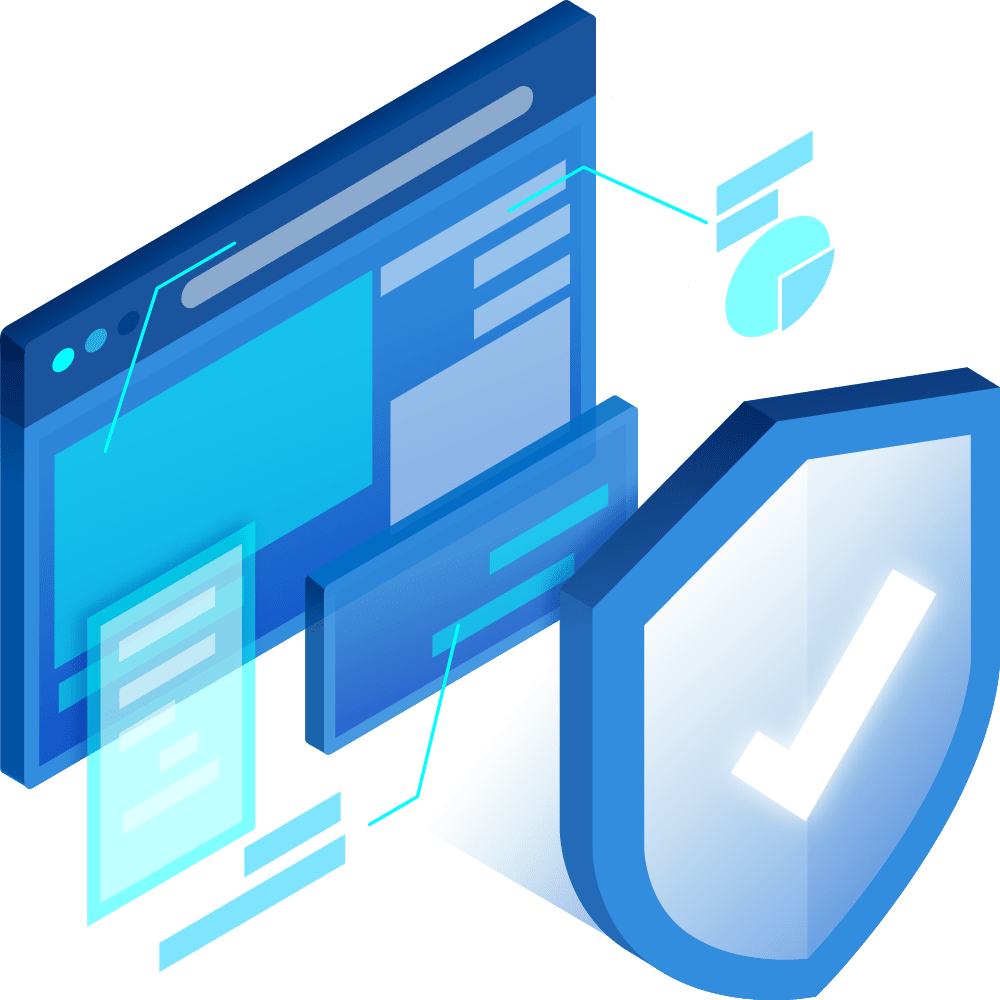Integrated Risk Management Module

Smart Global Governance’s Integrated Risk Management (IRM) Module from is the perfect solution for effective risk and operational performance management. It merges internal control and audit functionalities to ensure compliance while optimizing internal processes. With a collaborative and flexible approach, every organization can benefit from a tailored risk and compliance management strategy. Choose the Integrated Risk Management Module for a future where risk management is a competitive edge and a driving force for your organization’s success.
A major asset for risk and compliance management
Interoperability
Imagine a world where every Module in your risk and compliance management system communicates and collaboratively works effortlessly with the others. A world where data is shared in real time and inconsistencies are detected and corrected before they even become an issue.
That’s exactly what interoperability at Smart Global Governance offers organizations.
Interoperability : an integrated approach for enhanced efficiency
Interoperability enables the various Modules of Smart Global Governance to work together seamlessly and coherently. This integration facilitates the detection of conflicts or inconsistencies between different requirements, enabling their rapid resolution and ensuring compliance. Thanks to this approach, the quality of requirements is improved, thereby strengthening compliance with standards and regulations.
Example :
When an organization implements data protection requirements in the Privacy & Data Module, interoperability allows these requirements to be applied to other standards or regulations present in other Modules, such as the IT & Digital Module or the Legal Module. This inter-Module collaboration reduces the costs of documentation, maintenance, and updating of requirements, while reinforcing compliance.
Interoperability for optimized collaboration and data sharing
Interoperability at Smart Global Governance also promotes collaboration and data sharing among different stakeholders within the organization. Thanks to this approach, teams can access the information they need to make informed decisions and act swiftly in the event of issues or incidents related to risks and compliance.

Example :
Take the case of a data security incident. The Privacy & Data Module detects the incident and immediately informs the relevant teams in other Modules, like the IT & Digital Module or the Legal Module. This quick and effective communication allows teams to respond swiftly and implement necessary measures to resolve the incident and prevent similar future issues.
The Compliance Champion
Internal Control
Internal control acts as a vigilant guardian, ensuring your organization adheres to all applicable policies, standards, and regulations. It involves establishing processes and procedures to guarantee operational efficiency, reliability of financial information, and compliance with laws and regulations.
Example :
Consider an organization that must comply with GDPR regulation. The internal control might involve setting up procedures to ensure all personal data is collected, stored, and processed in accordance with legal requirements. This can include training staff on data protection, establishing security protocols for data storage, and setting up processes to respond swiftly to access requests from the individuals concerned.
The watchful eye guiding you towardds improvent
Internal Audit
The internal audit is the process by which your organization’s control processes are examined and evaluated. It involves checking that everything is working as expected and identifying areas for improvement. The internal audit goes beyond just pinpointing problems, it also provides constructive recommendations to optimize performance and compliance.
Example :
An organization undergoes an internal audit of its risk management processes. The auditor might discover that some procedures are not being followed correctly, leading to gaps in risk management. The auditor would then suggest recommendations to address these shortcomings, such as introducing additional training for employees, enhancing communication processes, or incorporating new technologies to better monitor risks.
Ready to transform your risk and compliance management?
Join over 300,000 users who already trust us in 100 countries!